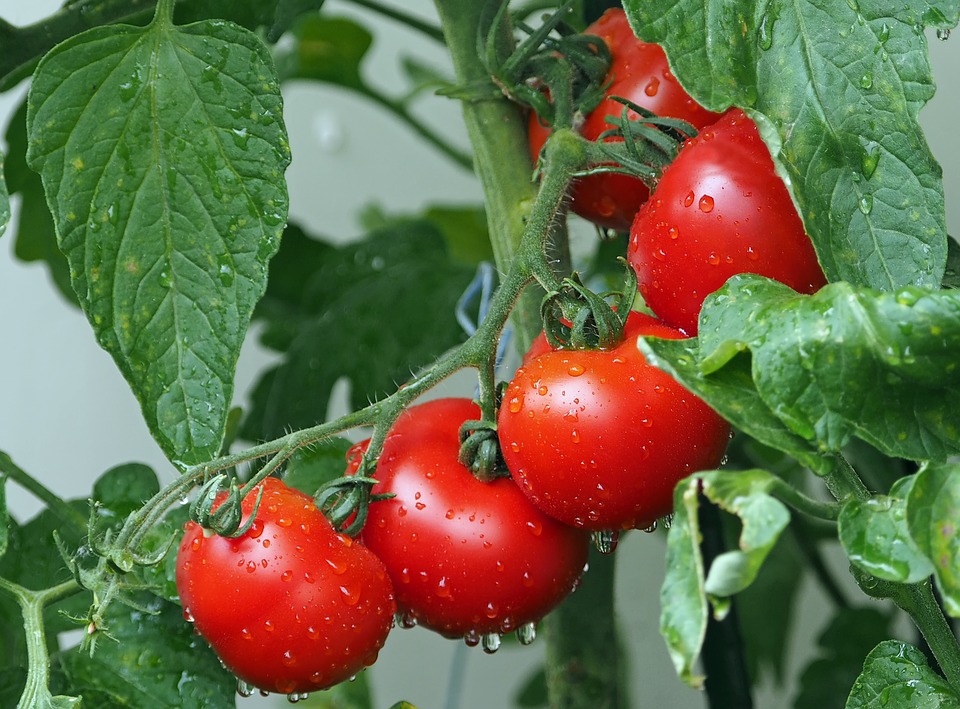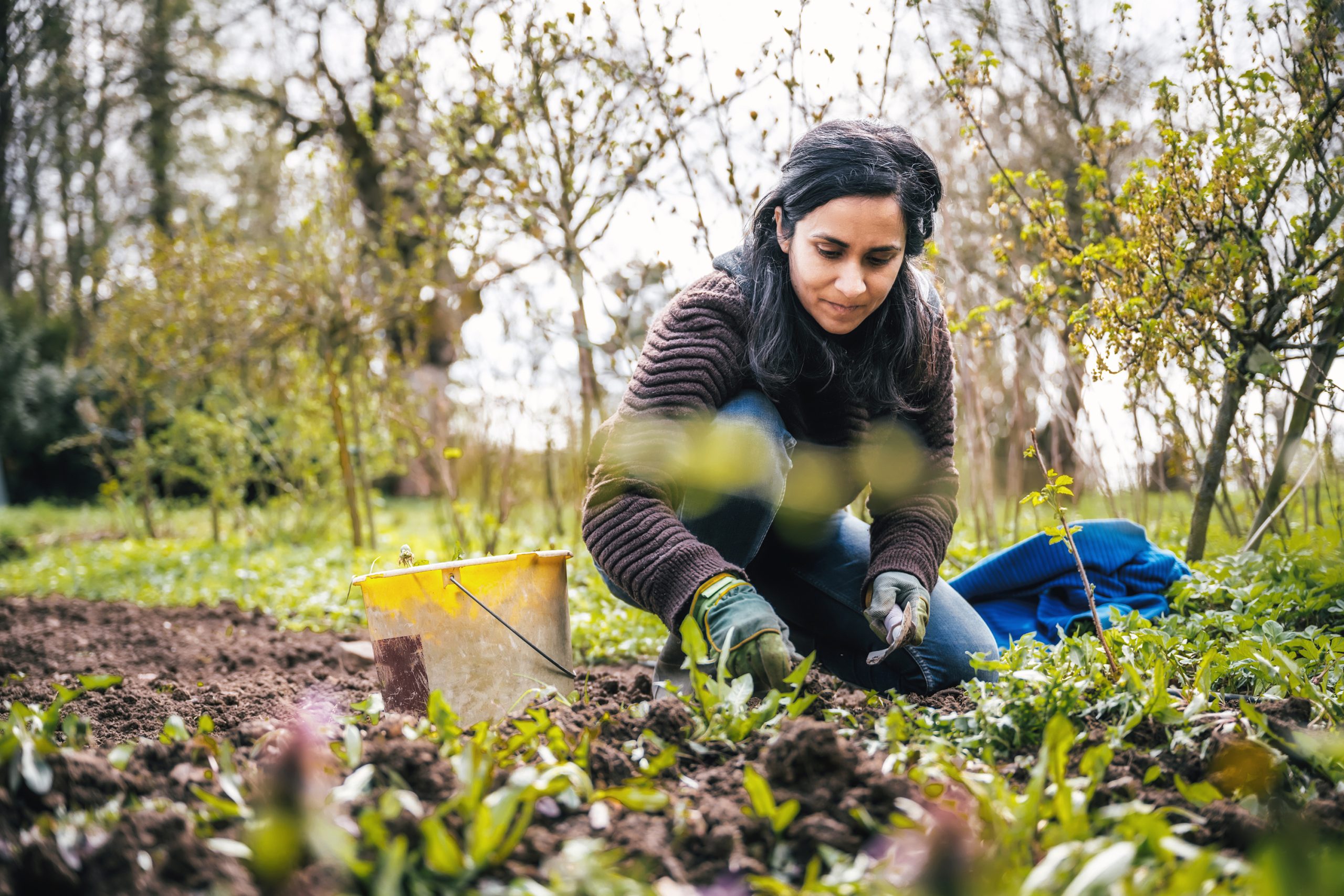The spring season is often associated with tidying up and cleaning the house. However, the arrival of the beautiful season also rhymes with meals on the terrace, the blooming of plants and especially life in the garden. In order to have a good time in your garden in spring, it is necessary to do some gardening sessions beforehand. Discover in this article the 5 steps to prepare a garden for the spring season.
1/ Cut Back Dead Branches and Damaged Stems
Plants have often suffered during the winter season, which is not conducive to the development of shrubs and plants. You can therefore prune dry stems as well as damaged or dead branches during the winter. Take the time to make an optimal cut so that the plant does not have difficulties growing back.
When preparing your garden for the spring season, you can choose to contact a gardening professional. This will give you the opportunity to be on the safe side. You will be sure that your green space is ideally prepared for spring. There are several gardening experts offering their services throughout a particular area.
2/ Prune Fruit Trees
It is necessary that fruit trees be pruned in order to promote a good yield during the spring and summer seasons. Adjusting the size of certain branches will allow the fruit to blossom and grow in the best conditions. Also, cut back your rose bushes. This will give your garden a clearer view. You will enjoy looking at it, even if there are no flowers and fruits yet.
3/ Prepare the Ground by Weeding
Indeed, there is no point in getting involved with plantations if you do not have a ground ready to receive them. You must, therefore, beforehand, proceed with the weeding and cleaning of your land. Also, removing weeds will give the soil a rest and allow it to regenerate. Instead of feeding futile plants with their nutrients, the soil will keep its energy to welcome new crops.

4/ Prepare the Soil of Your Garden for New Plantings
Turn over the soil where you plan to plant new crops. It will be more aerated. This will make it easier for you to plant during the spring season. In order to keep the soil from becoming depleted, it will be important for you to redefine your crops. It is recommended that you change the position of your crops from one year to the next.
Plan a rotation of the plantations in order to give the soil a chance to rest at times, since not all plants have the same needs. If you want to decorate the land, you can dig a hole to place a small garden pond.
5/ Find Ways to Anticipate
Don’t think that you should refrain from starting with planting because the temperatures are still low. You can germinate your vegetables in the basement or garage and start planting your bulbs if you have a warm and sheltered place.
It will be enough, for example, that you begin your cultures inside pots, with a fusion of sand and ground to see your plants growing at the first glimmer of spring sun. In addition, think about ordering your seeds and plan your sowing.
Do you have any other tips? Share it with us in the comments below!





